Slipped Capital Femoral Epiphysis (SCFE)
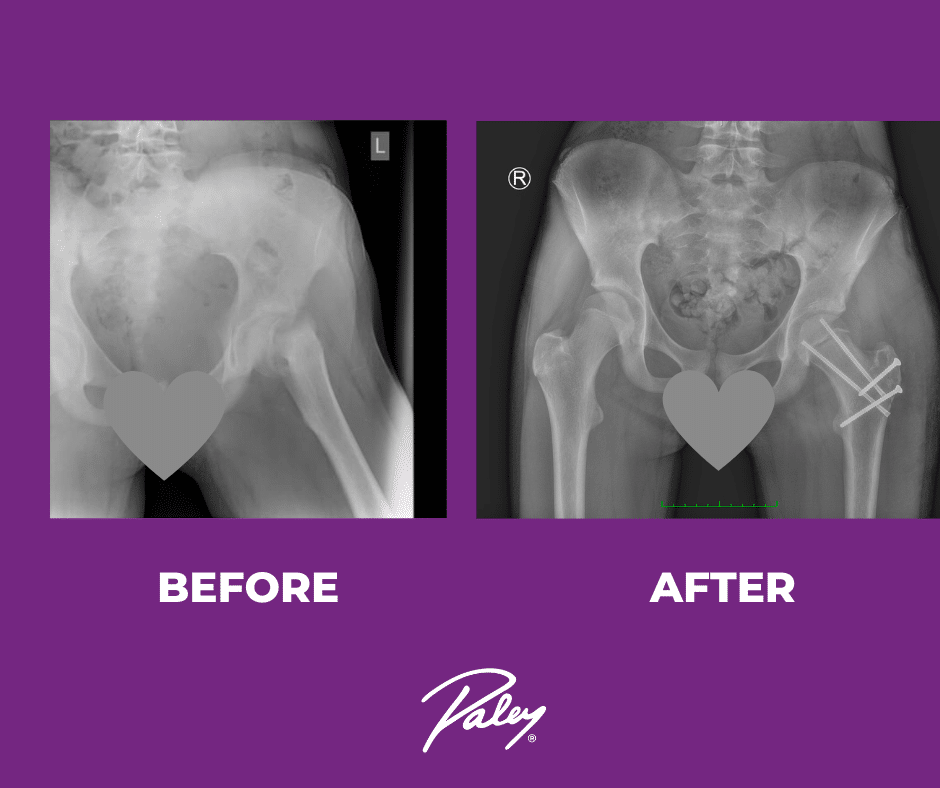
The incidence of SCFE is approximately 2 in 100,000 live births and primarily affects children between the ages of 6 and 18, with the highest occurrence between 10 and 16 years old. In most cases, the causes of SCFE are unknown. However, some authors have identified risk factors and associated conditions. These include improper dietary […]
Limb lengthening with intramedullary nails – a conversation with Dr. Michal J. Deszczynski

From the video you will learn, among other things: – What is internal bone lengthening? – How does the lengthening process work? – How many additional centimeters can be obtained by this elongation method? – By how many millimeters per day is the bone lengthened? – What conditions must be met in order to perform […]
Interview with Josse De Cat – Treatment for cerebral palsy (CP)
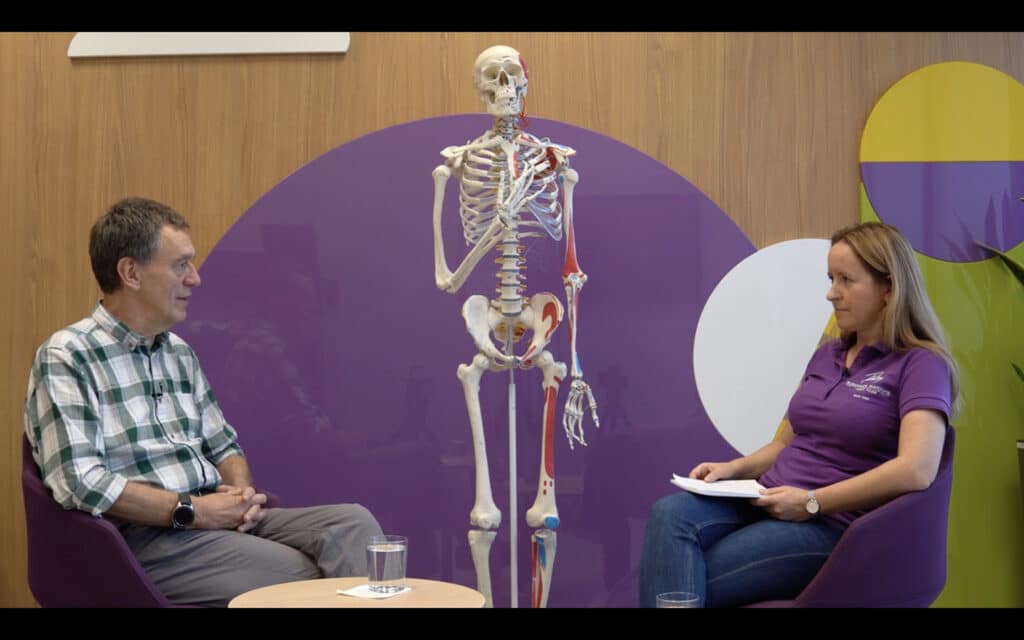
The Paley European Institute coordinator of physiotherapy, Beata Wnuk, talked about the approach to treating people with cerebral palsy with Josse de Cat – a well-known and respected physiotherapist from the Bobath ABBV team of teachers, who has extensive experience in working with children with cerebral palsy at the University Hospital in Leuven.
ABC by Paley – FATIGUE
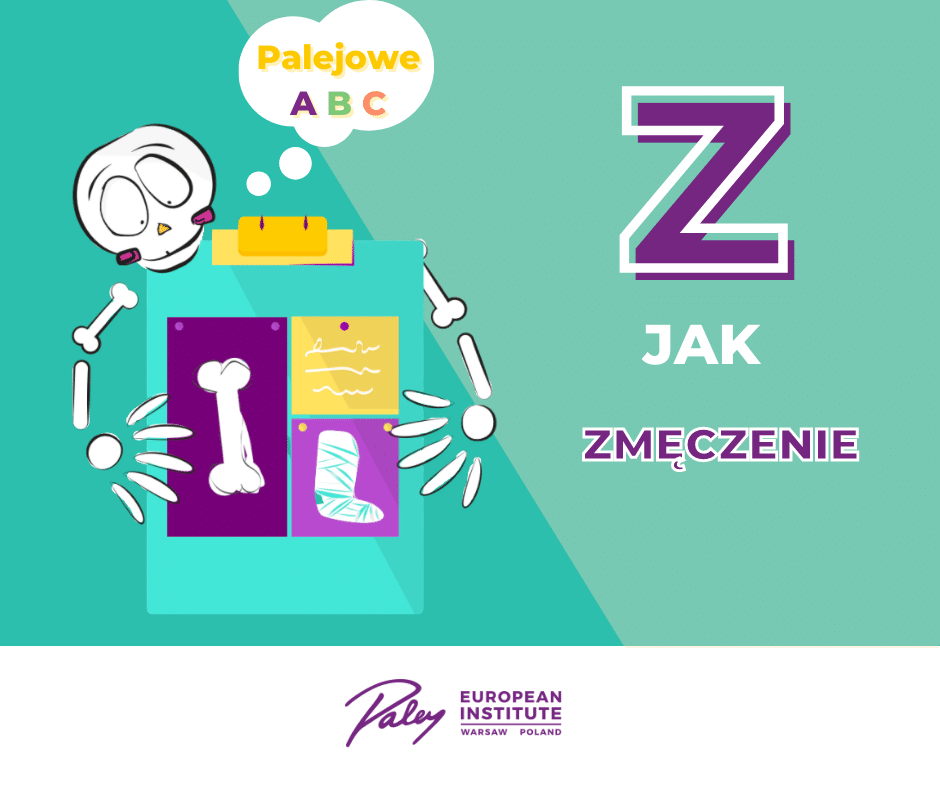
The first years of a child’s life, raising a child with an illness or with developmental challenges are associated with tremendous physical and mental strain. A night’s rest is no longer sufficient for adequate regeneration. The more so as there may be simply not enough sleep or due to frequent awakenings the quality of sleep […]
ABC by Paley – ANGER
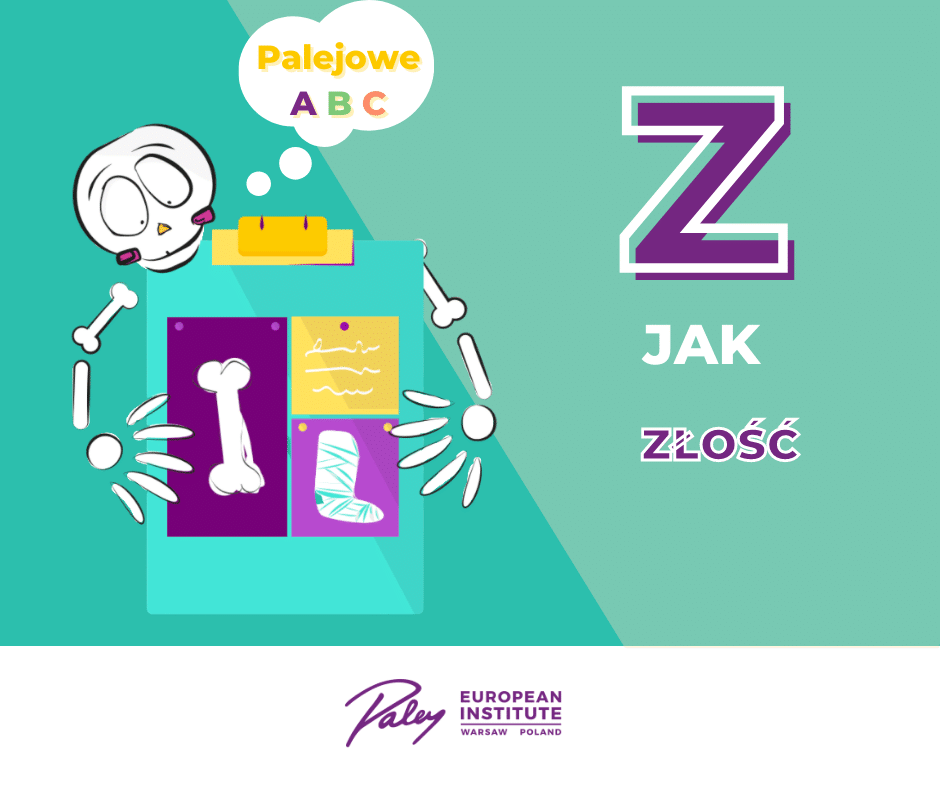
Over the years, we learn how to react and what to do when anger arises. Depending on the kind of environment and people we grew up among, we may deal with anger better or worse. Sometimes this emotion becomes so difficult to deal with that we do a lot to just keep it out of […]
ABC by Paley – PLAY
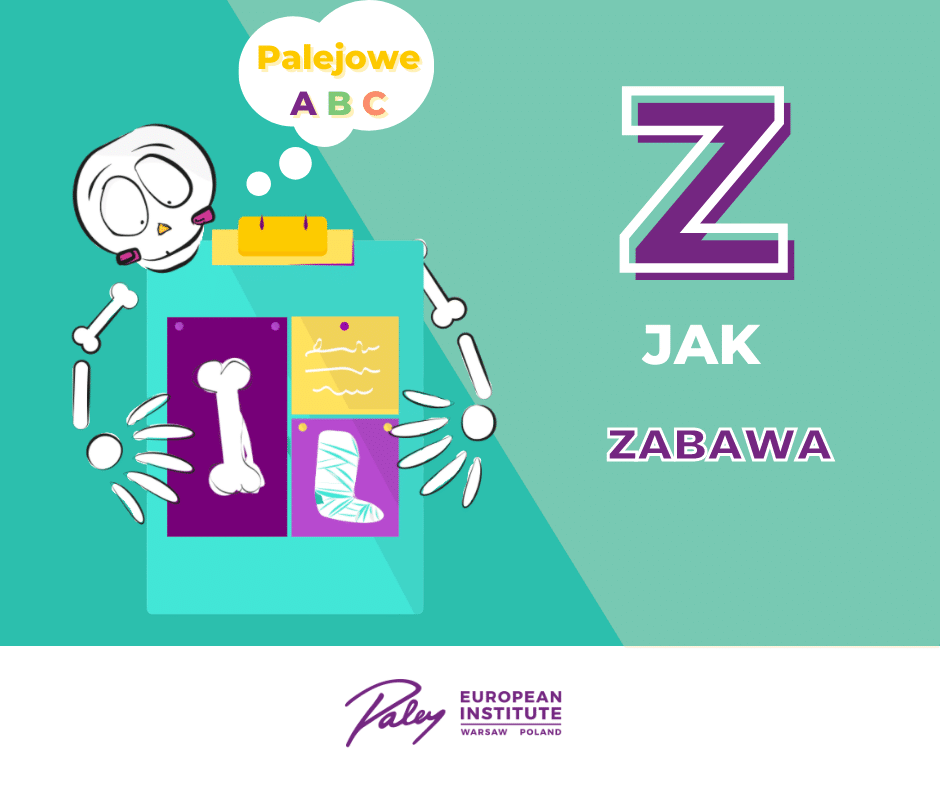
Moreover, play occurs not only in humans but also in animals. By imitating older human or animal toddlers learn to cope with the world and acquire necessary skills. Play helps children understand, discover, and organize the world. It tames fears and anxieties, and plays an important role in building self-image and establishing relationships with other […]
ABC by Paley – SHAME

By shaming your child, you want to achieve positive results – to change his or her undesirable behavior. But do we really achieve our goal this way? Rarely. In addition, we unknowingly sow fear in the child and inflame his/her self-esteem. This does not mean that shame is always and in every situation something harmful. […]
ABC by Paley – TIE
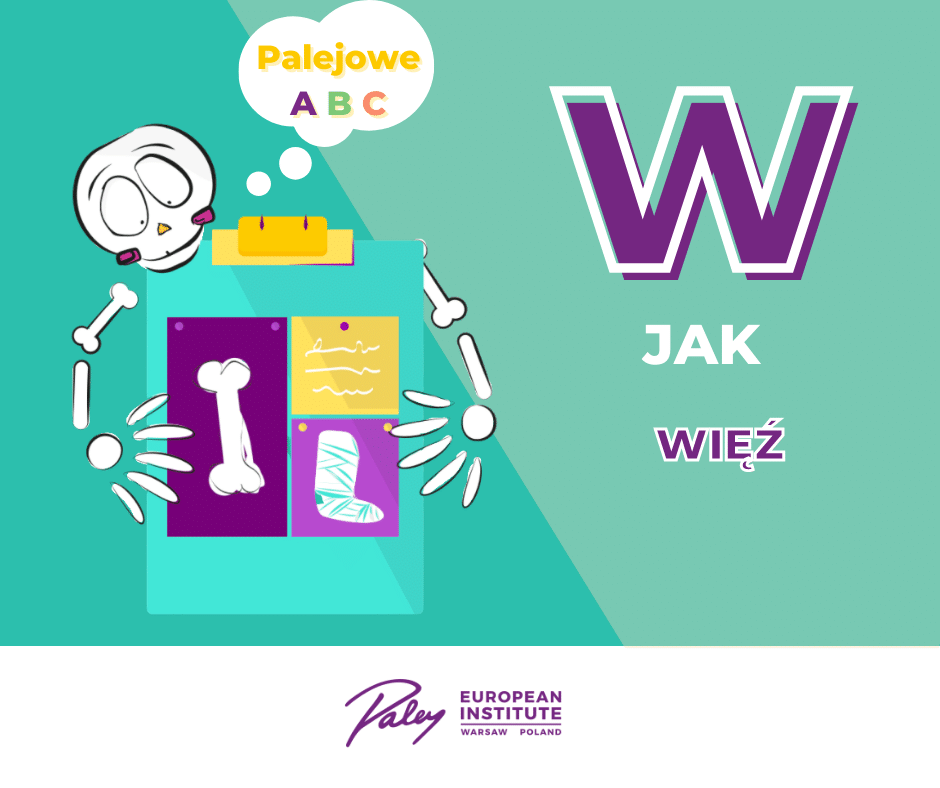
John Bowlby described the system of attachment behavior, the task of which is to ensure the child’s safety and survival in the world. These included sucking, clinging to a caregiver, smiling, and following a parent. These key behaviors also include crying and screaming, which are intended to call the caregiver and communicate that some of […]
ABC by Paley – GRATITUDE
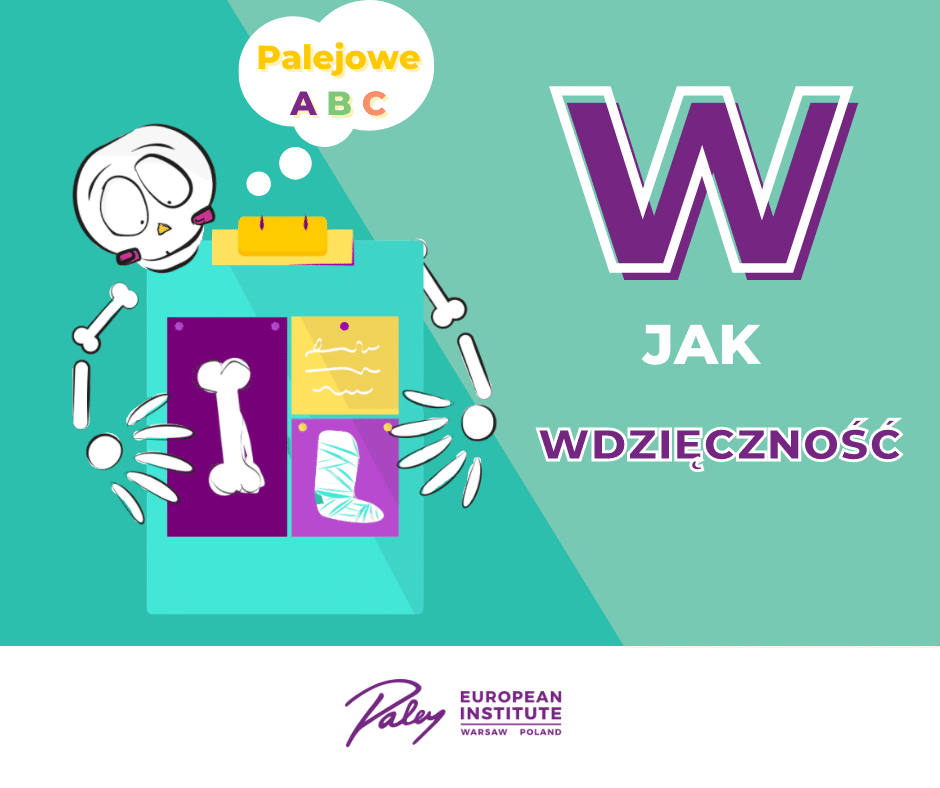
Our emotional state often goes hand in hand with our physical state. Paying attention to people, things, or events for whom we feel grateful can improve our well-being and have many benefits in the area of mental and physical health.
ABC by Paley – TRAUMA
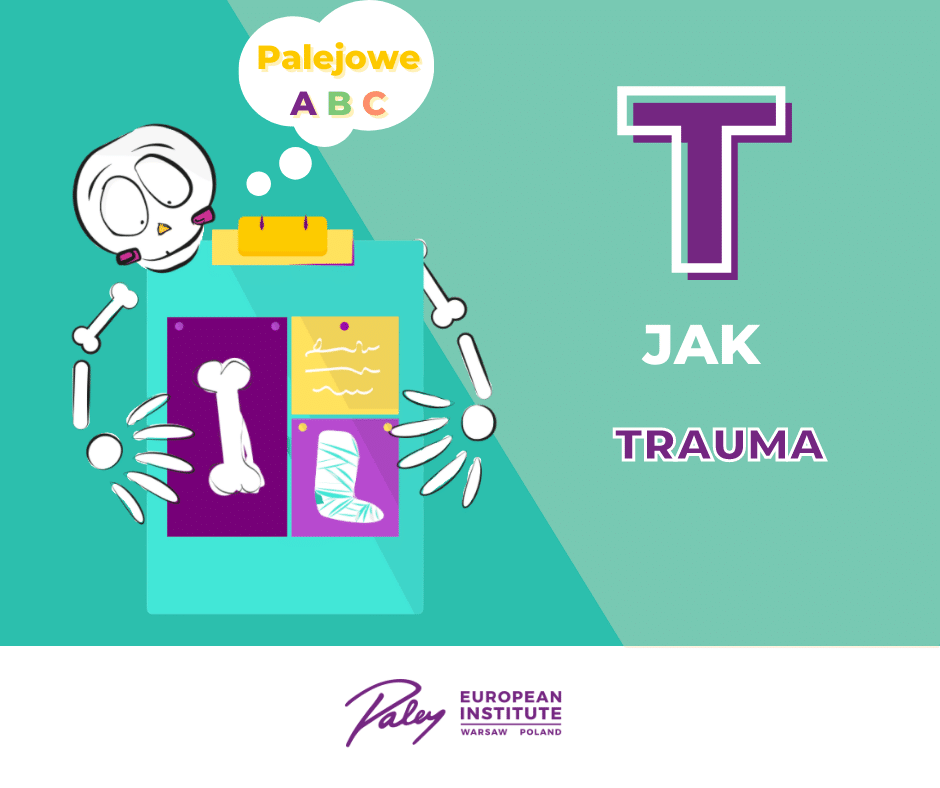
Trauma, understood as a psychological trauma, is a condition caused by a situation that threatens human life or health. It is the kind of experience that has surpassed our ability to cope.